Robert F. Kennedy Jr. may have finally met his match: the green M&M.
Mars, which manufactures various popular candies including M&M’s recently announced it will be changing direction from its 2016 goal of removing “all artificial colors from its human food portfolio globally”… because Americans like their candy Red 40 red, rather than beet-red.
The Health and Human Services Secretary has a plan to remove American children’s spoons from their “toxic soups of synthetic chemicals.” It’s contingent on an “understanding” he has with major food companies that Americans don’t want to be poisoned. Yet it seems his and the candy industry’s mutual “understanding” is breaking down.
As described in the May 2025 MAHA report, “certain food colorings” are linked to “increased risks of mental disorders, ADHD, cardiovascular disease, metabolic syndromes and even carcinogenic effect.” The dyes Kennedy hopes to remove from circulation currently include Red No. 2, Orange B, Green No. 3, Red No. 40, Yellow No. 5, Yellow No. 6, Blue No. 1 and Blue No. 2.
In late April, the Food and Drug Administration commissioner Dr. Martin Makary said his department would start their quest in a “friendly way,” hoping to push Big Food to step away from synthetic dyes “without any statutory or regulatory changes,” CBS reported. There’s no reason to “go down a complicated road with Congress,” when “companies are volunteering to do it,” Makary said.
And things seemed to be going swimmingly for Kennedy and his fellow health crusaders. Major companies including Kraft Heinz and PepsiCo have promised to eliminate all synthetic dyes from their products by 2027.
The plan hinges upon Americans being as health and food conscious as Europeans, however. If the American consumer base wants its food to not be laced with allegedly ADHD-spiking chemicals, then Big Food will remove them. And this has seemed to work so far for food companies like Kraft Heinz and PepsiCo, which have promised to eliminate all synthetic dyes from their products by 2027.
Enter Mars, RFK’s Achilles heel, who are reneging on their plans to transition away from synthetic dyes… due to consumer preference. In a press release, the company explained:
“For treats… we found that many of our consumers across the world do not, in fact, find artificial colors to be ingredients of concern. For that reason, we will continue to prioritize our efforts to remove artificial colors in Europe – where consumers have expressed this preference – but will not be removing all artificial colors from our Mars Snacking portfolio in other markets. As always, we will continue to offer a range of treats that are already free from artificial colors for consumers in all markets who favor this.”
Who knew Americans ate with their eyes? Dyes that do not influence flavor seem to be able to change candy’s taste for us.
Marion Nestle, a nutritionist at NYU told the New York Times, “It’s a perception issue that’s that been very, very well studied. You can give people, especially kids, two different kinds of things that are exactly the same, except the colors are different, and the brightly colored ones will be perceived as tasting better.”
If Americans don’t naturally want their M&Ms to radiate subdued vegetable hues, then Kennedy may need to start regulating dyes as the Europeans do and hope that American preferences eventually realign…



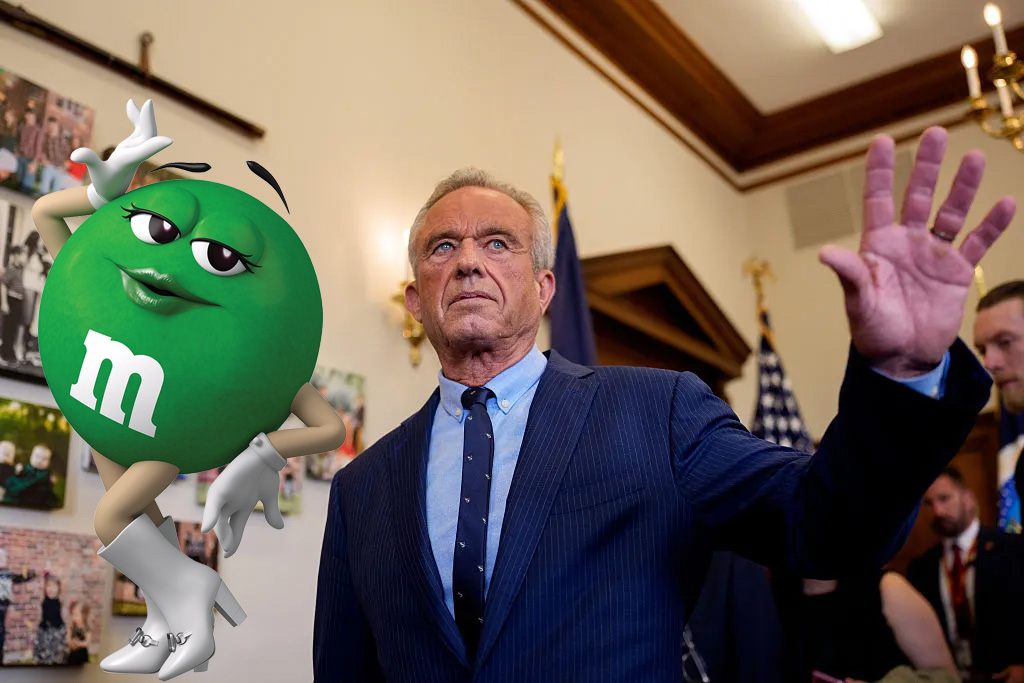







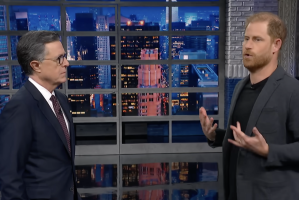

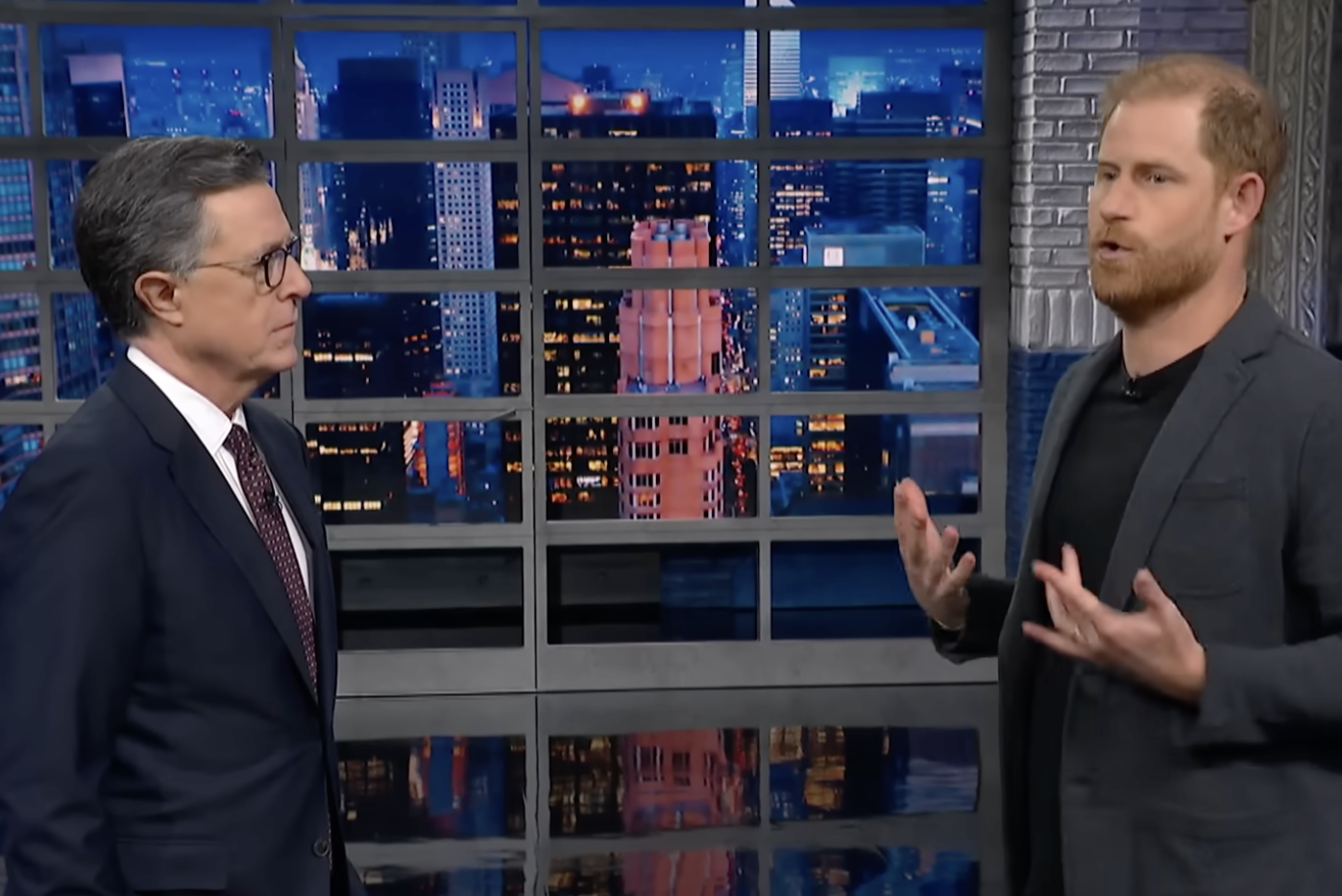
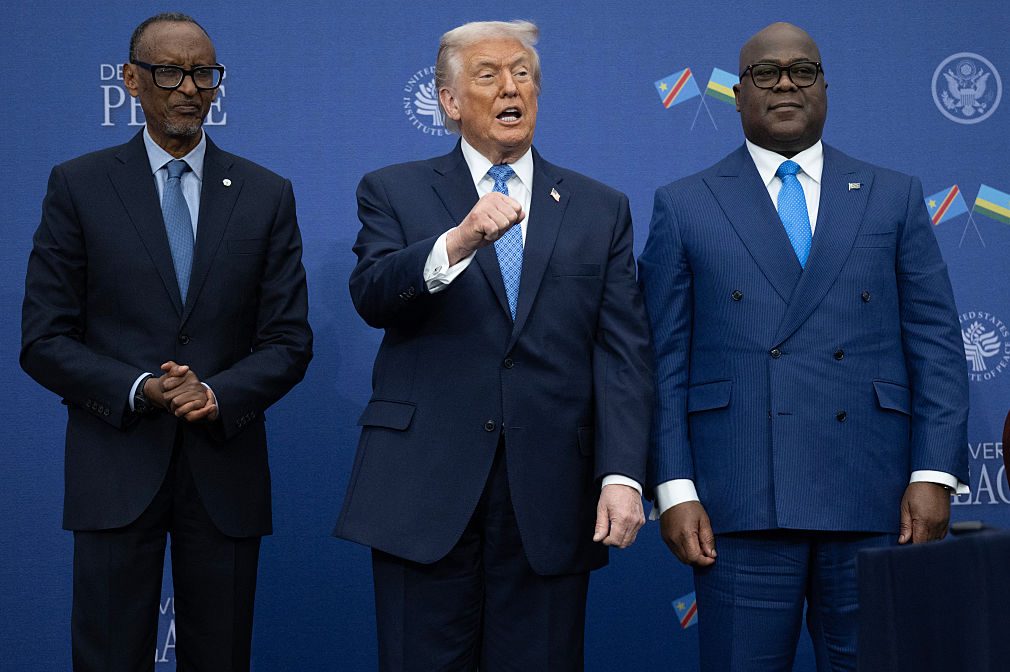
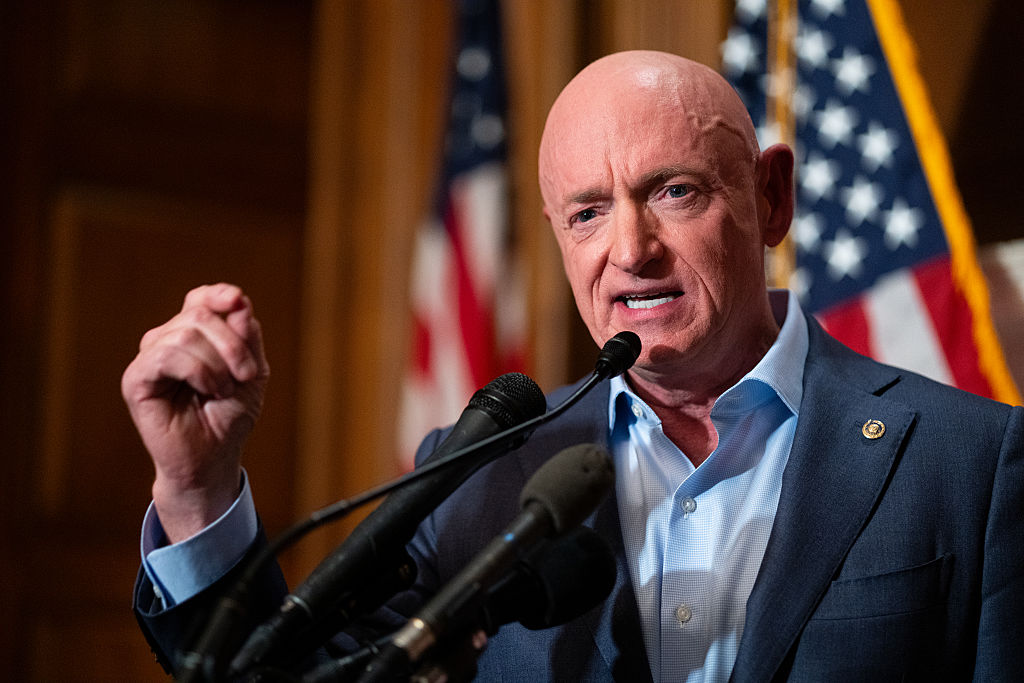
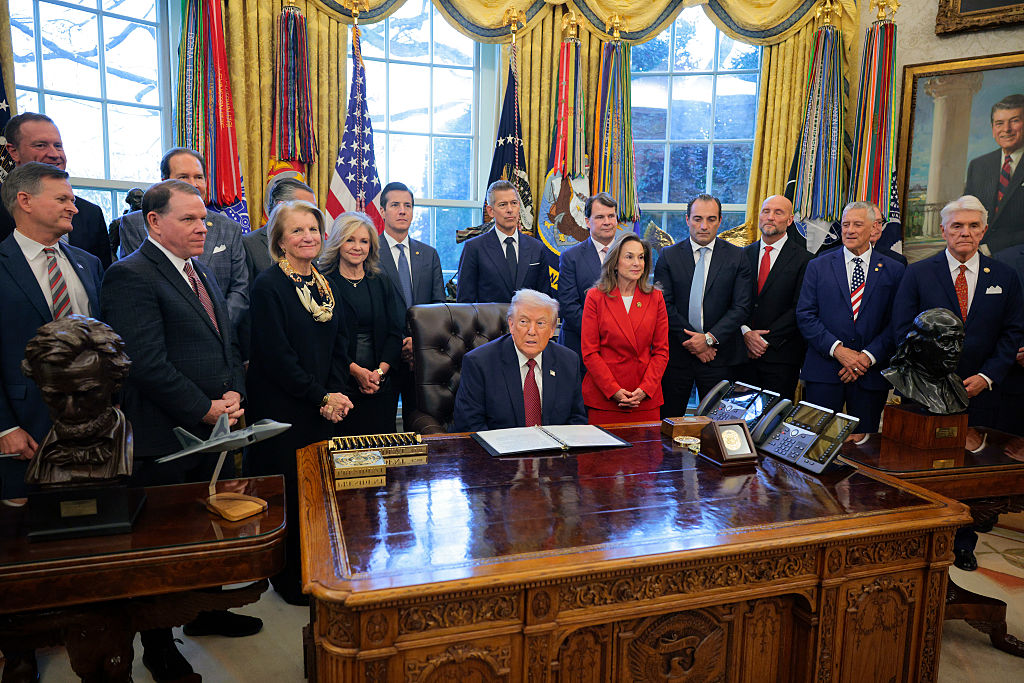
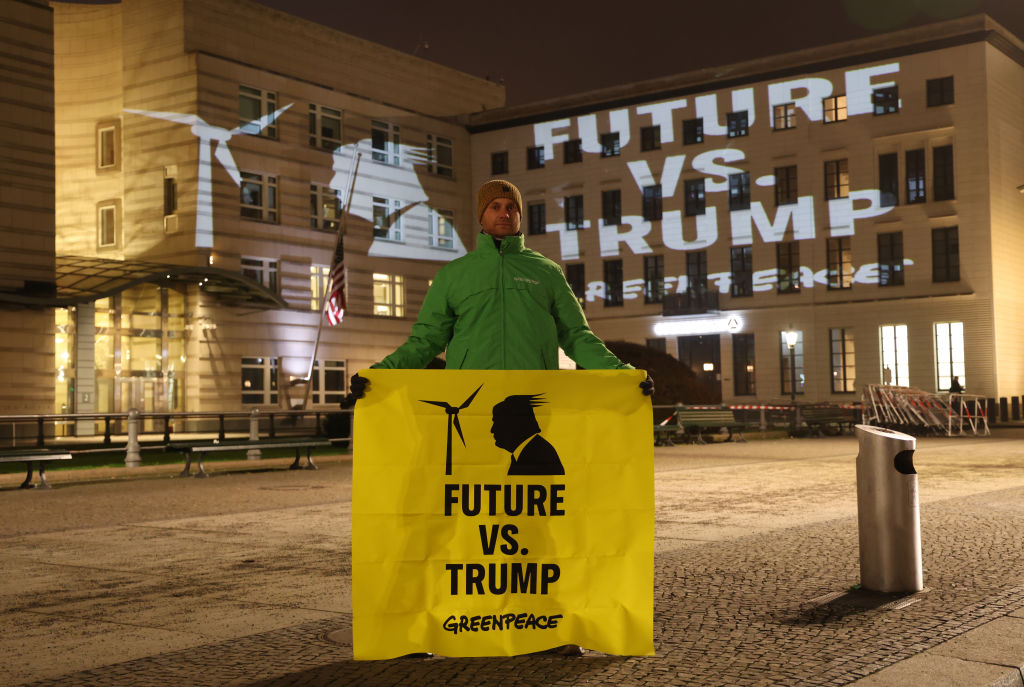
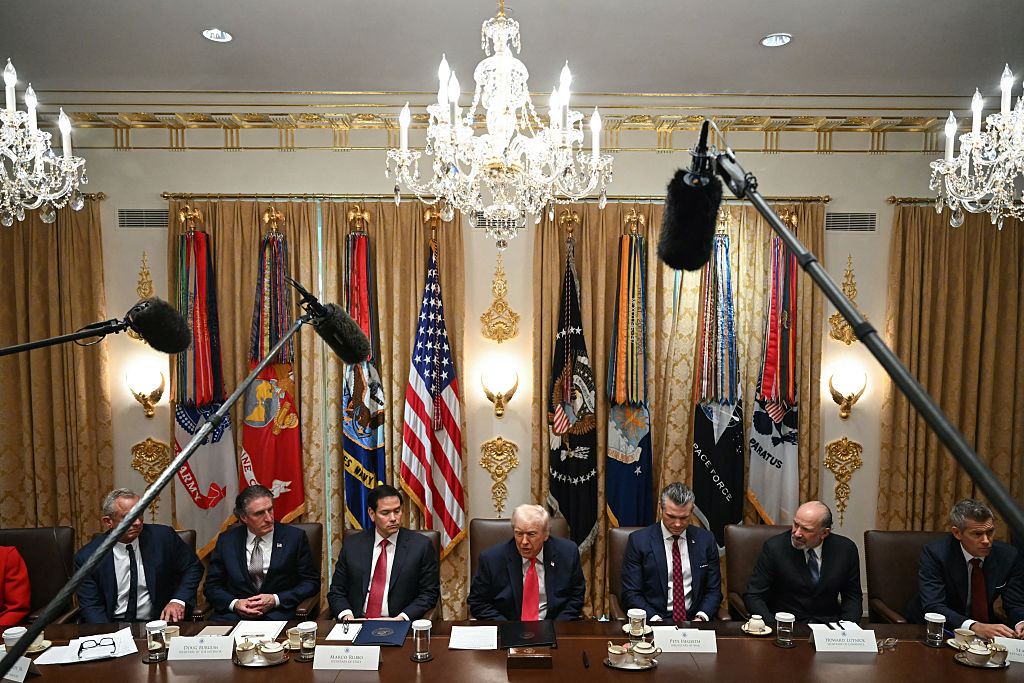

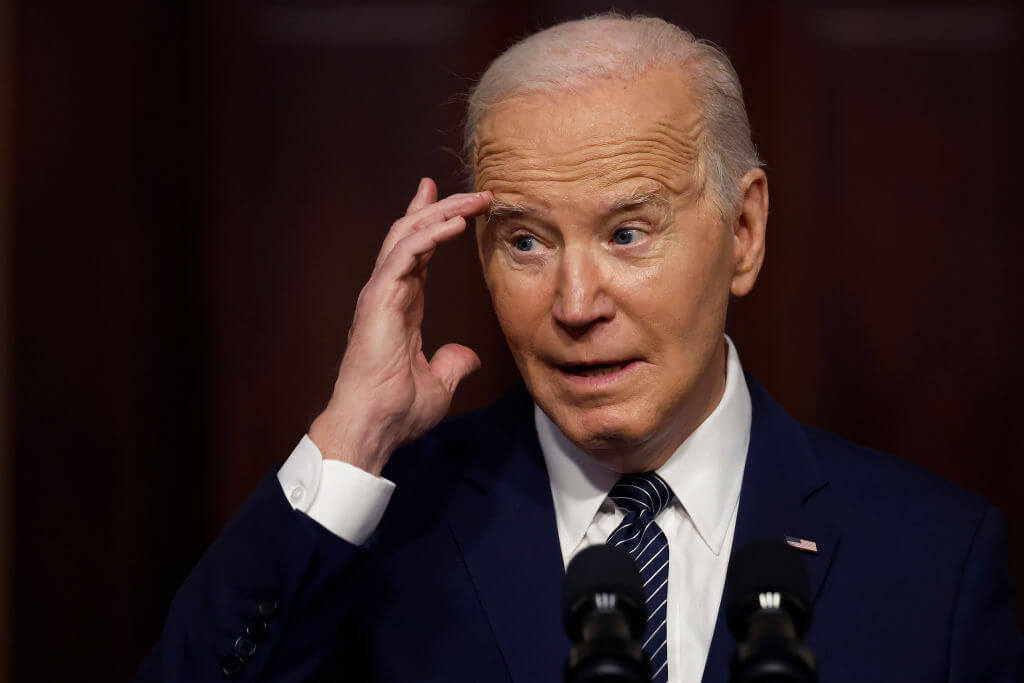


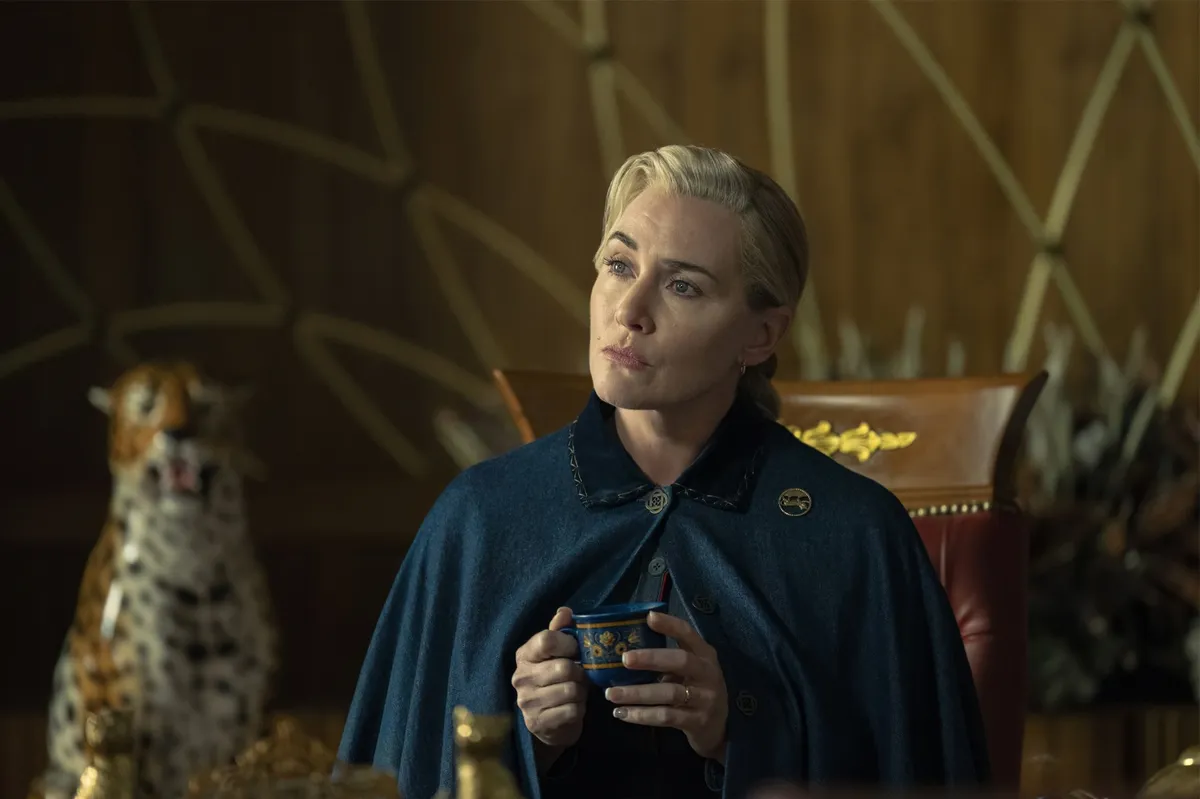
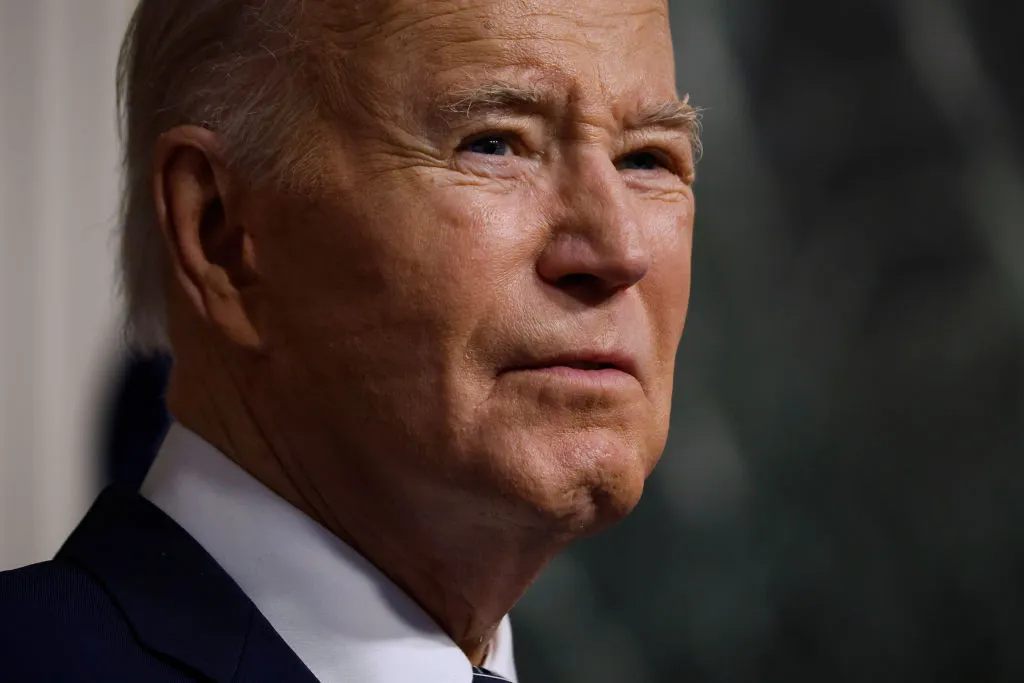

Leave a Reply